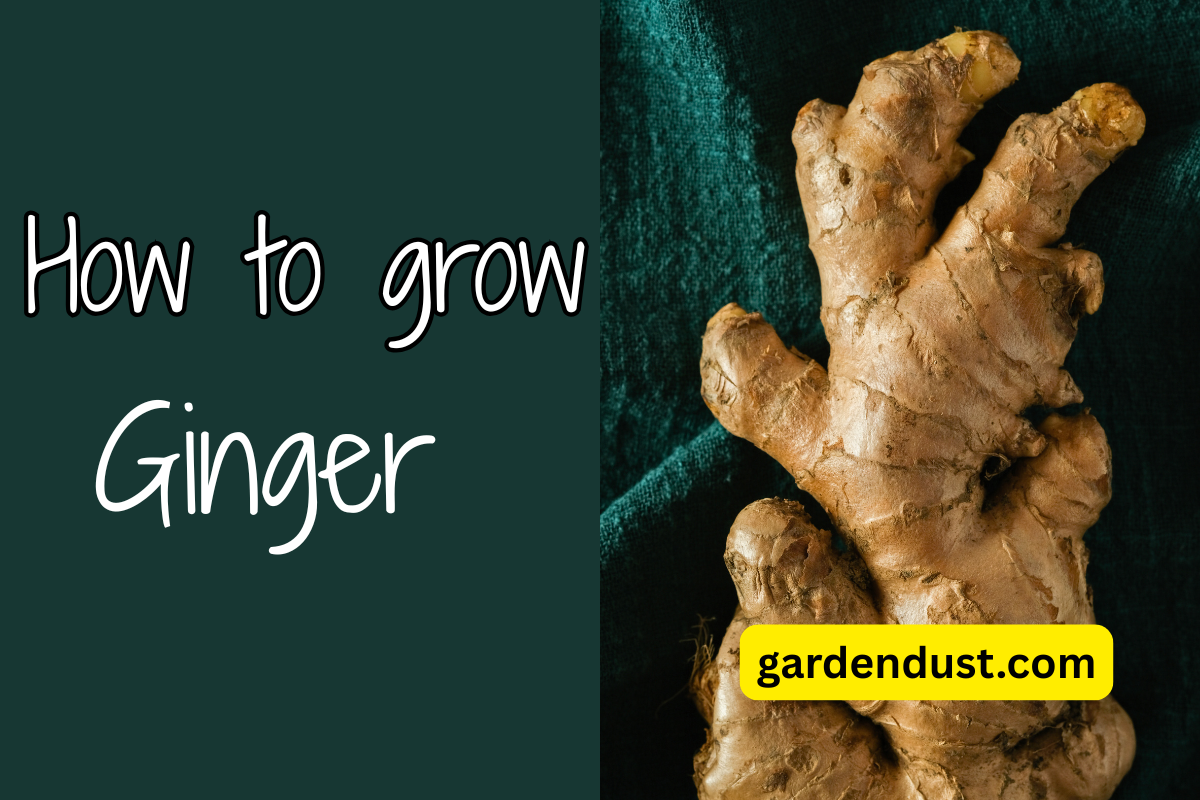In the intricate world of plant care, various techniques and methods contribute to the overall health and vitality of our green companions. One such method that has gained prominence among gardening enthusiasts is bottom watering. While traditional top watering has been the norm for years, bottom watering offers a unique set of benefits that can significantly impact the well-being of plants. In this article, we delve into the reasons why bottom watering is important, exploring its advantages and providing insights into how this method can revolutionize the way we nurture our beloved plants. Let’s Discuss about advantages and importance of bottom watering…..
Understanding 8 Reasons of Bottom Watering
Bottom watering, as the name suggests, involves watering plants from the bottom rather than the top. In this method, the water is applied directly to the soil or growing medium, allowing the roots to absorb moisture from below. This stands in contrast to top watering, where water is poured directly onto the plant’s surface.
1.Optimal Moisture Distribution
One of the primary advantages of bottom watering lies in its ability to facilitate optimal moisture distribution in the soil. When water is applied at the bottom of the container, it gradually moves upward through capillary action, ensuring that the entire root system receives adequate hydration. This method helps prevent uneven moisture levels, reducing the risk of overwatering or underwatering specific areas of the soil.
2.Encourages Healthy Root Development
The root system is the foundation of a plant’s overall health, and bottom watering plays a crucial role in promoting robust root development. Unlike top watering, which may lead to shallow root growth as the water remains concentrated near the surface, bottom watering encourages roots to grow deeper in search of moisture. This results in a more extensive and resilient root system, providing plants with increased stability and access to essential nutrients.
3.Prevents Fungal Diseases
Fungal diseases are a common concern in plant care, especially when moisture accumulates on leaves and stems. Bottom watering helps minimize the risk of fungal infections by keeping the foliage dry. Since water is delivered directly to the soil, leaves and stems remain relatively dry, creating an inhospitable environment for fungal growth. This preventative measure can be particularly beneficial in high-humidity climates where fungal diseases thrive.
4.Reduced Water Waste
In a world where water conservation is becoming increasingly important, bottom watering stands out as an eco-friendly practice. Unlike top watering, which can result in water runoff and evaporation, bottom watering allows plants to absorb water more efficiently. This not only conserves water but also reduces the frequency of watering, making it a sustainable choice for environmentally conscious gardeners.
READ ALSO:-7 -Uses Of Epsom Salt In Your Garden
5.Minimizes Soil Erosion
Top watering, especially with forceful streams of water, can lead to soil erosion as the water displaces the top layer of soil. This erosion can expose roots, disrupt the soil structure, and contribute to nutrient loss. Bottom watering, by gently soaking the soil from below, mitigates the risk of erosion, preserving the integrity of the growing medium and providing a stable environment for plant roots.
6.Ideal for Sensitive Plants
Some plants, particularly those with delicate foliage or susceptibility to diseases, benefit significantly from bottom watering. Watering from the top can cause damage to sensitive leaves and flowers, especially if done improperly. Bottom watering ensures a gentle and controlled hydration process, minimizing the risk of physical damage and preserving the aesthetic appeal of the plant.
7.Efficient Nutrient Uptake
In addition to water, plants require essential nutrients for healthy growth. Bottom watering supports efficient nutrient uptake by maintaining a consistently moist soil environment. The even distribution of water throughout the root zone allows plants to access nutrients more readily, enhancing their overall nutrient absorption and promoting lush, vibrant foliage.
8.Time-Saving and Convenient
For busy gardeners or those with a large number of plants to care for, bottom watering offers a time-saving and convenient solution. Unlike top watering, which may require careful attention to avoid splashing water on leaves, bottom watering allows for a more hands-off approach. This method enables the gardener to water multiple plants simultaneously, streamlining the watering process and freeing up time for other essential gardening tasks.
Final Thoughts-
In the intricate dance of plant care, choosing the right watering method is akin to selecting the perfect partner – a decision that profoundly influences the well-being and longevity of the relationship. Bottom watering emerges as a reliable and effective companion in this journey, offering a host of benefits that cater to the diverse needs of plants.
From promoting healthy root development to preventing fungal diseases and conserving water, bottom watering has proven itself as a valuable technique for both novice and seasoned gardeners alike. As we continue to refine our understanding of plant care, embracing innovative and sustainable practices such as bottom watering becomes paramount in nurturing a thriving and resilient garden ecosystem.
So, the next time you reach for the watering can, consider the transformative power of bottom watering – a subtle yet impactful shift that can elevate your gardening experience and, in turn, contribute to the flourishing beauty of your green companions. Happy Gardening…







